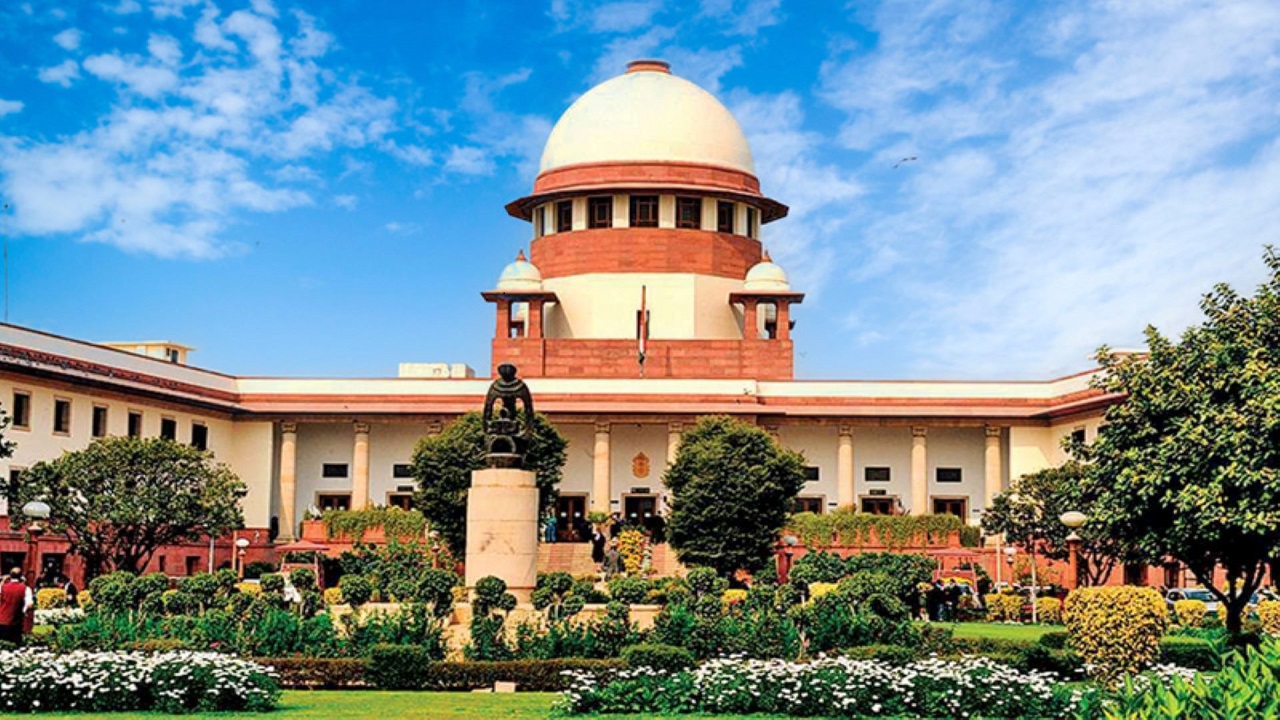Judicial Service Reforms: The Return of Practical Experience
Context
In a notable shift in judicial recruitment policy, the Supreme Court of India has reinstated the requirement of three years of minimum legal practice for law graduates aspiring to enter the subordinate judiciary. This decision is aimed at enhancing the quality and competence of judges by ensuring practical legal experience before appointment.
Introduction
The verdict was delivered by a bench led by Chief Justice B R Gavai. The Supreme Court held that practical exposure is essential for judicial officers who are required to decide on critical matters from their very first day in office. The court observed that mere academic knowledge or training cannot substitute courtroom experience.
Background and History of the Rule
The idea of requiring prior legal practice dates back several decades.
-
1958: The 14th Law Commission Report recommended 3 to 5 years of practice before appointment as a civil judge.
-
2002: The Justice Shetty Commission recommended scrapping the requirement, believing that fresh graduates could be trained effectively.
-
The rule was abolished to attract better talent, as many graduates opted for corporate roles due to better career prospects.
-
The judiciary introduced robust pre-service training to compensate for the lack of courtroom experience.
Supreme Court’s Rationale for Reinstating the Rule
The Supreme Court stated that the earlier system of recruiting fresh graduates had not produced satisfactory outcomes. Practical experience was found to be essential for sound judicial functioning.
-
Practical courtroom exposure enables better understanding of procedures, evidence, and real-world legal disputes.
-
Young judges deal with issues involving life, liberty, and property, which demand maturity and courtroom insight.
-
Several High Courts supported the reintroduction of this eligibility condition.
Key Directives of the Court
-
A minimum of three years' practice is required, to be certified by a senior advocate with at least 10 years of experience.
-
Law clerk experience will be considered valid legal experience.
-
A mandatory one-year judicial training must be completed before appointment.
Criticisms and Concerns Raised
Despite the objective of improving judicial competence, several concerns have been raised by legal experts and civil society groups.
Economic Barrier
-
Junior lawyers in India typically earn ₹15,000 to ₹20,000 per month.
-
Many graduates from rural and marginalised communities may not be able to sustain themselves during the mandatory practice period.
Gender Impact
-
The India Justice Report 2022 showed that 38 percent of judges in the district judiciary are women.
-
The new rule may reduce female participation, especially among those who take career breaks for maternity or family responsibilities.
Lack of Exam Regularity
-
Judicial service exams are not held regularly in many states.
-
Aspirants who meet the eligibility may still have to wait for years due to inconsistent exam schedules.
Deterrent to Top Talent
-
Students from premier law institutions often pursue careers in corporate law due to better pay and clear growth paths.
-
A longer and uncertain entry process may discourage talented students from considering judicial careers.
A Case for Reform Instead of Restriction
Legal experts suggest that improving training and evaluation may be a better alternative to restricting entry.
Proposed Alternatives
-
Extended Pre-service Training: A two-year training programme including mentorship under judges and real-time courtroom simulations.
-
Exam Reform: Shift from rote memorization to case-based questions, judgment writing, and scenario analysis.
-
Dual Entry Pathways: One track for experienced advocates, and another for fresh graduates who would undergo more rigorous and longer training.
The Way Forward
The Supreme Court’s decision seeks to enhance the quality of judicial officers, but it must also address issues of inclusivity, accessibility, and long-term talent retention.
-
A balanced approach can ensure that both experienced advocates and exceptionally talented young graduates find opportunities within the judicial system.
-
Judicial recruitment must focus on training and nurturing capable individuals, not filtering them out at the entry stage.




Comments (0)